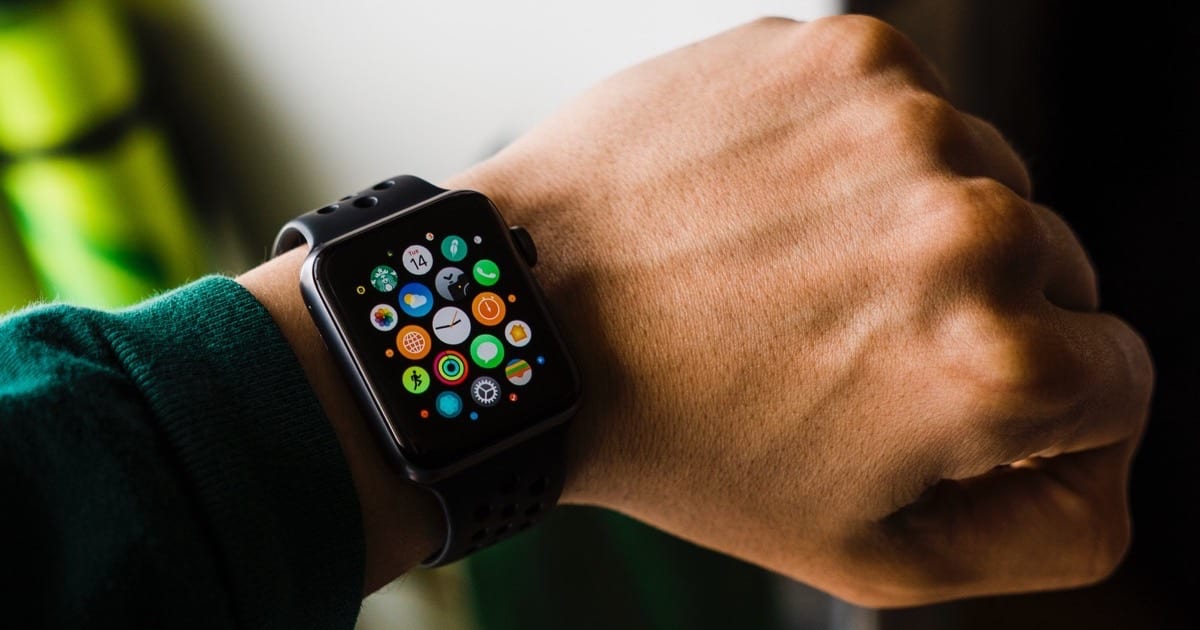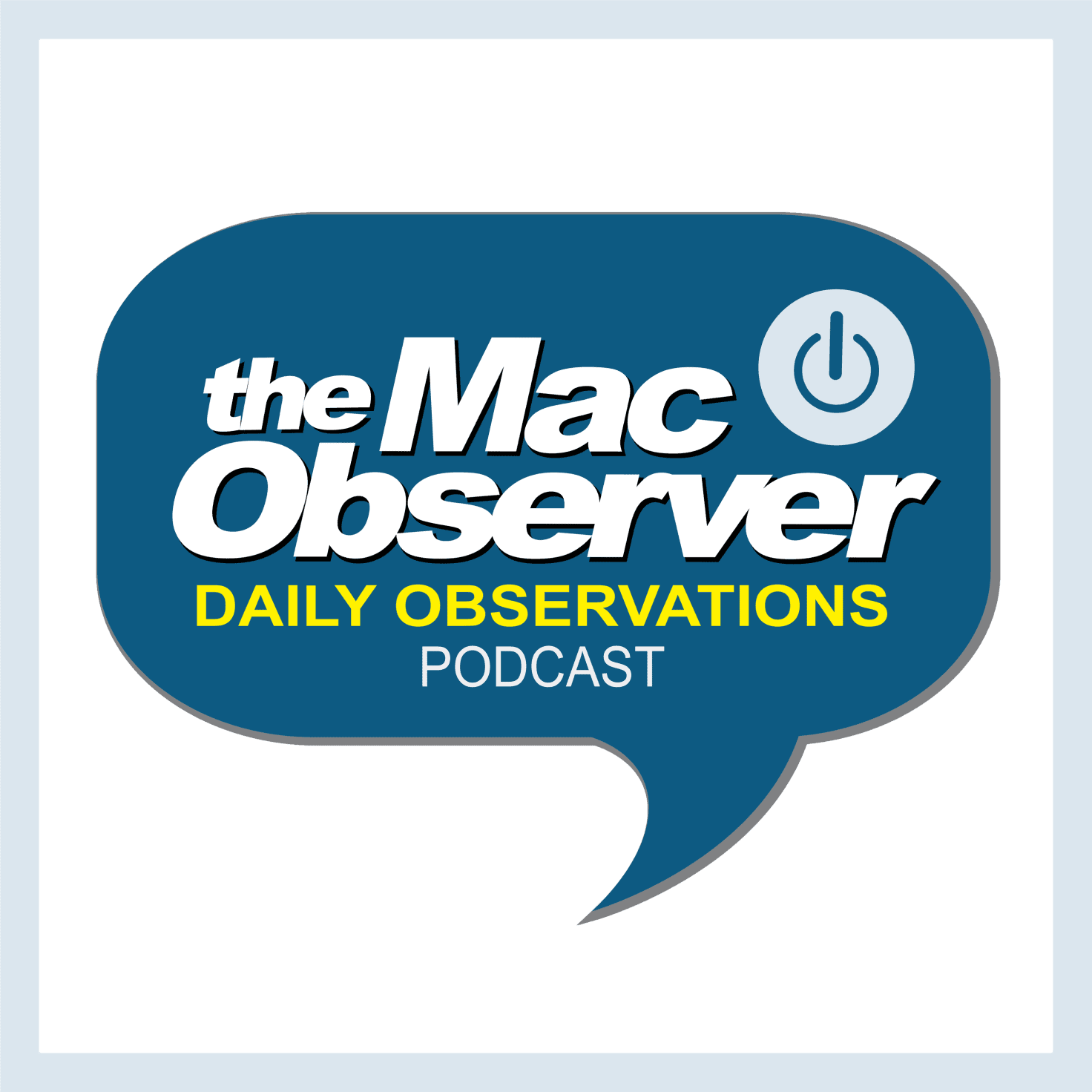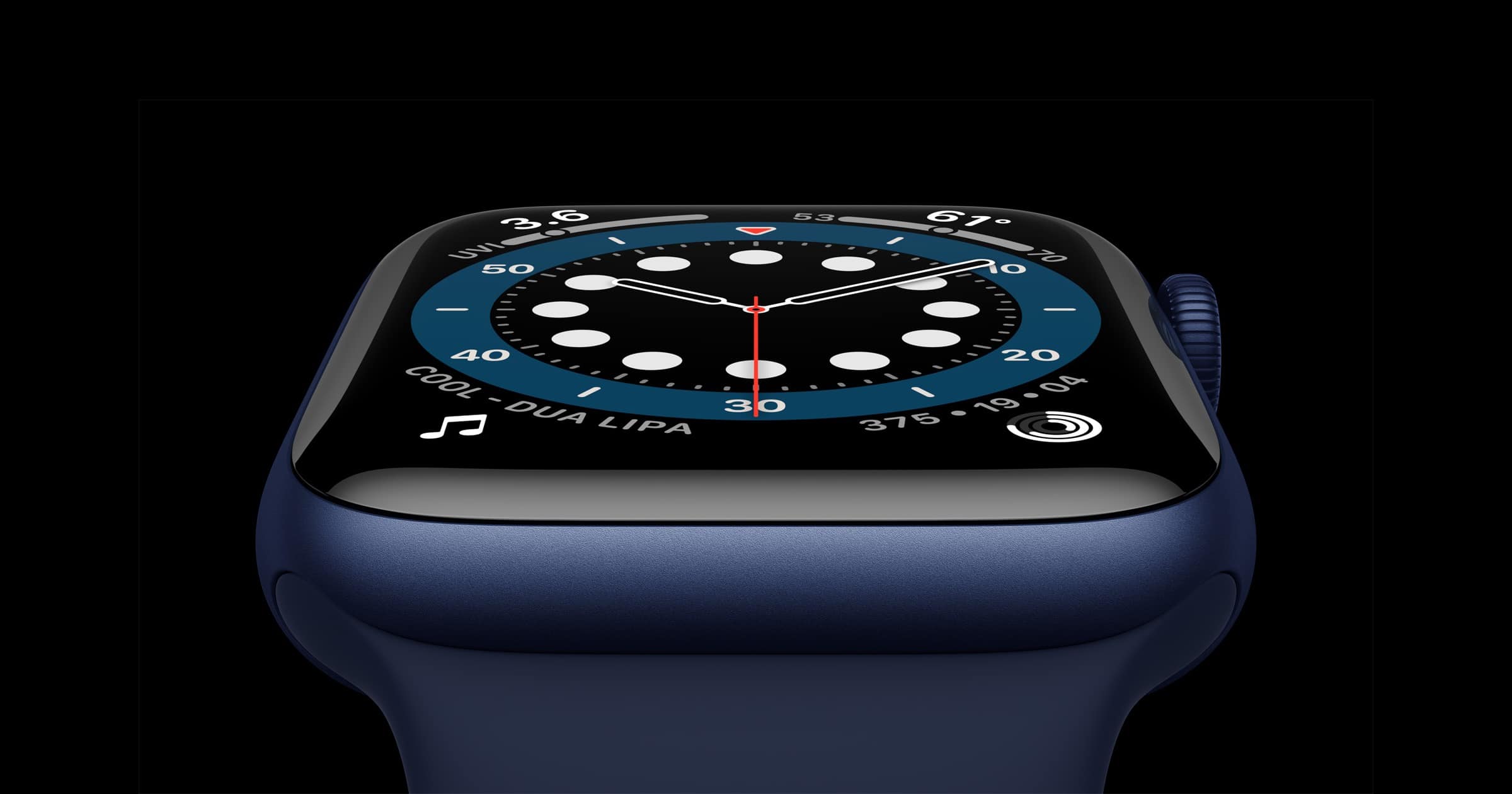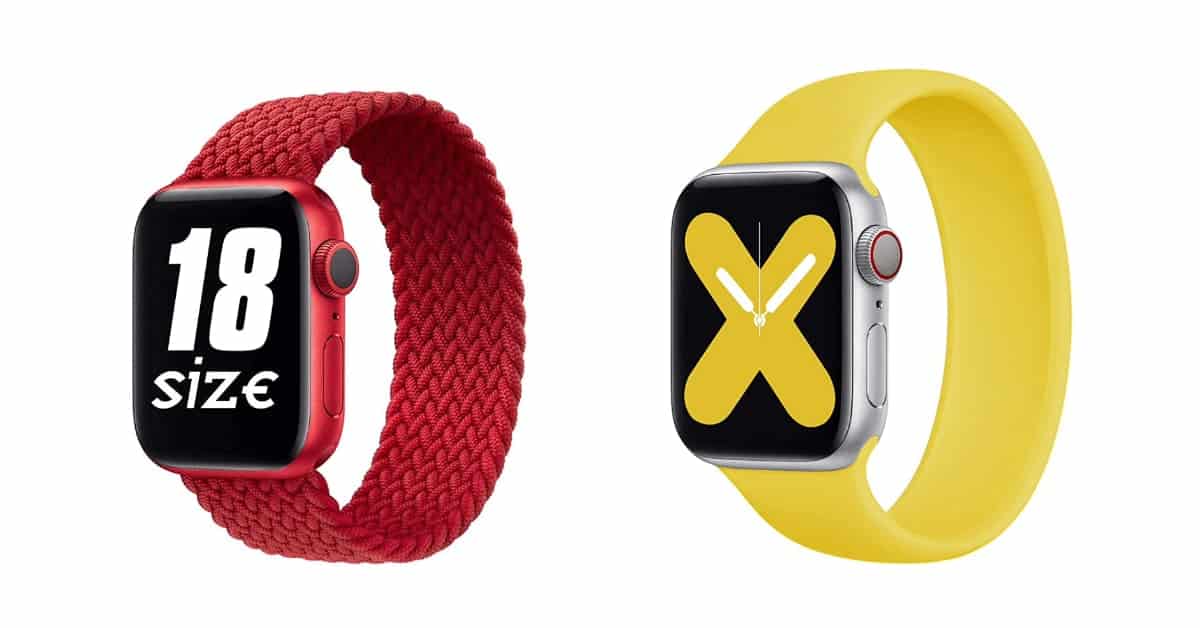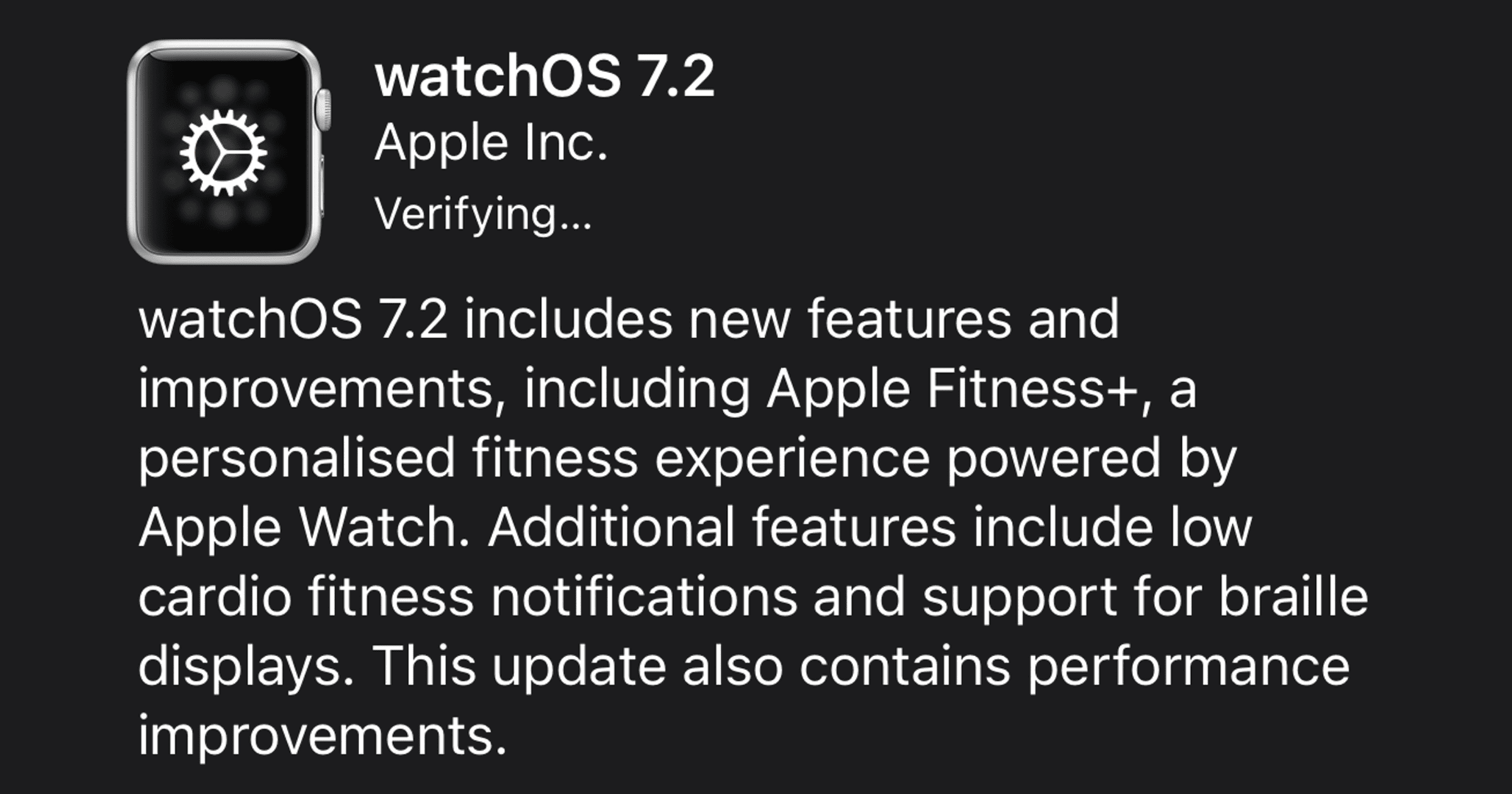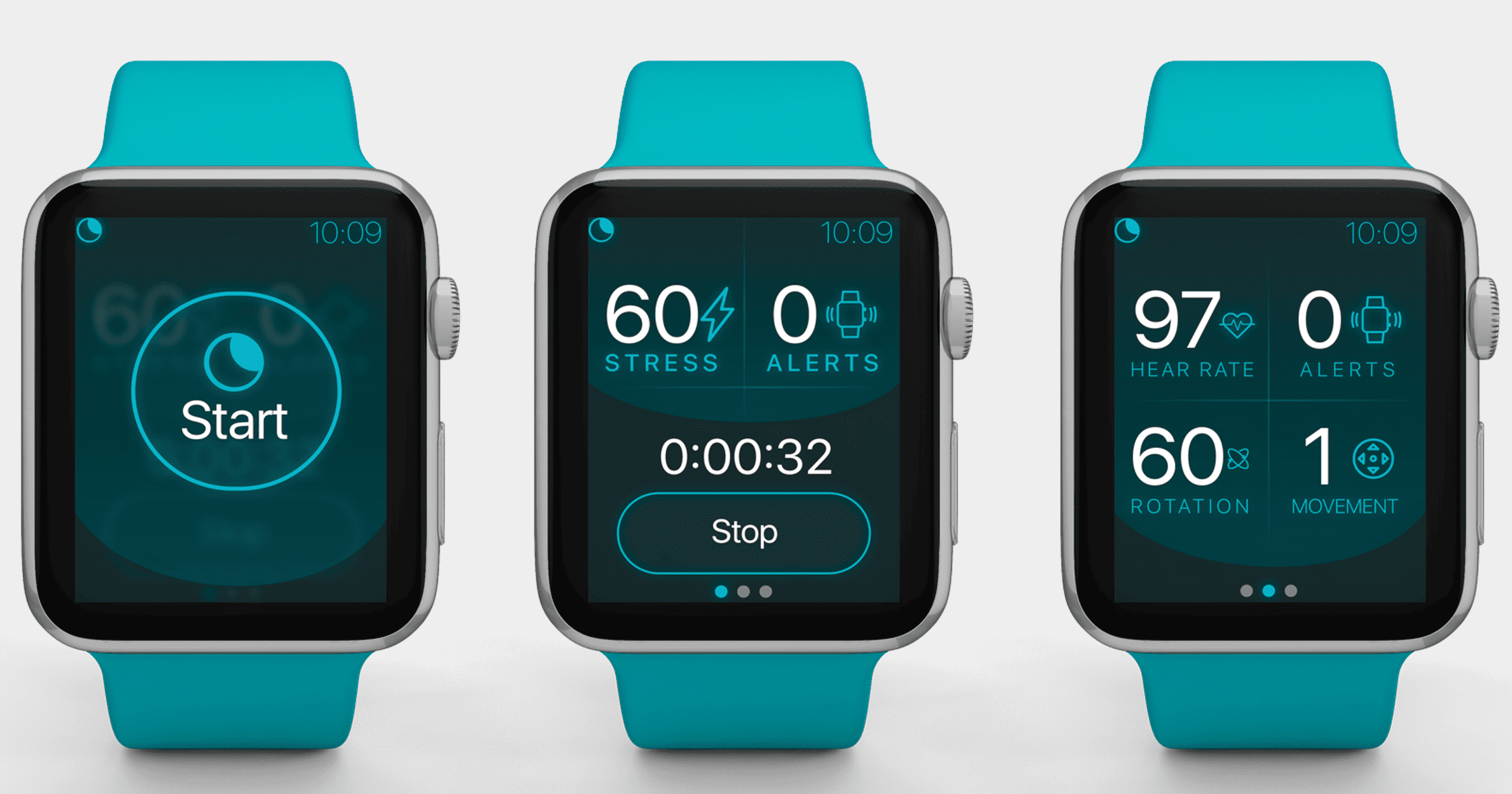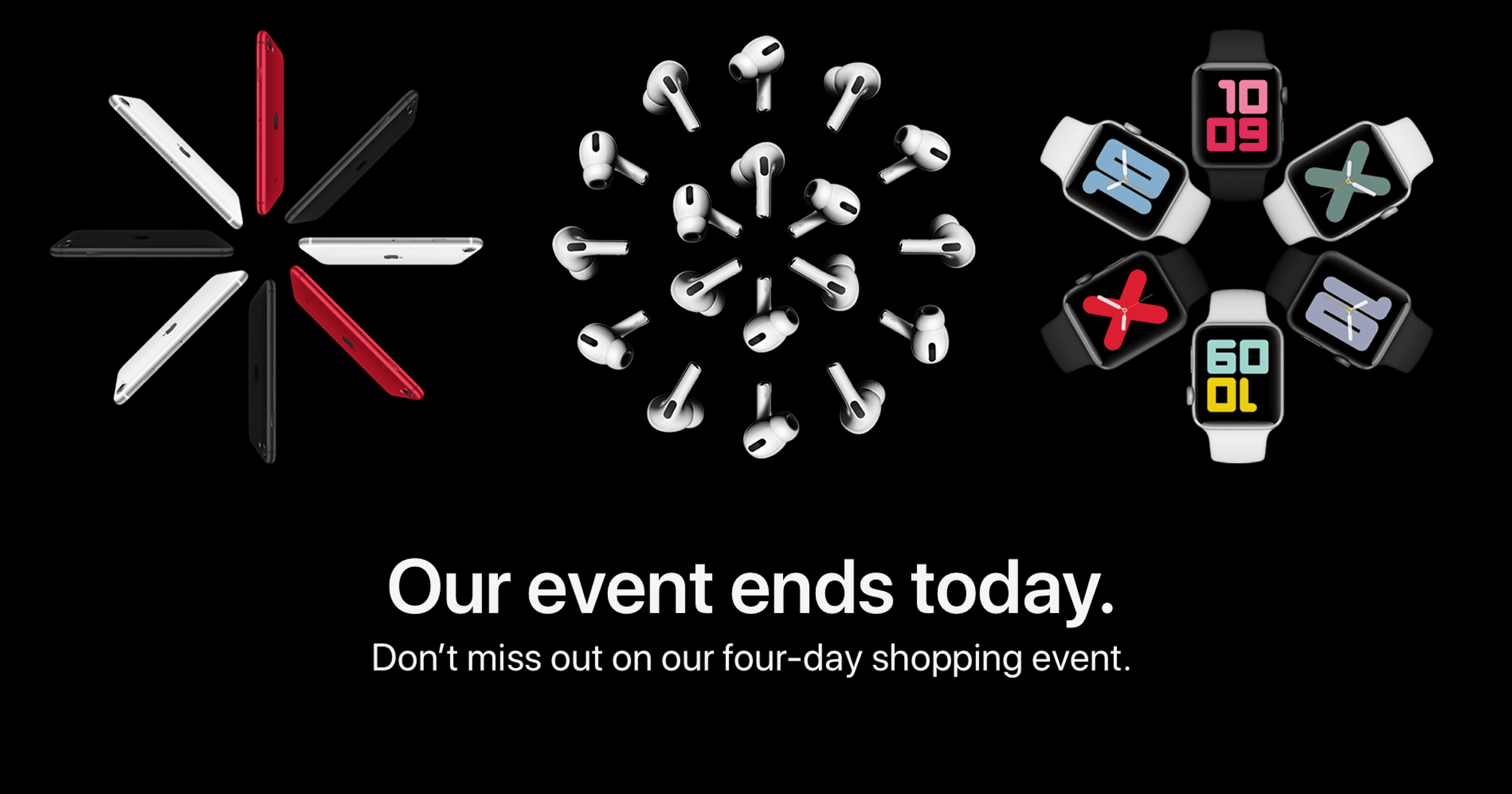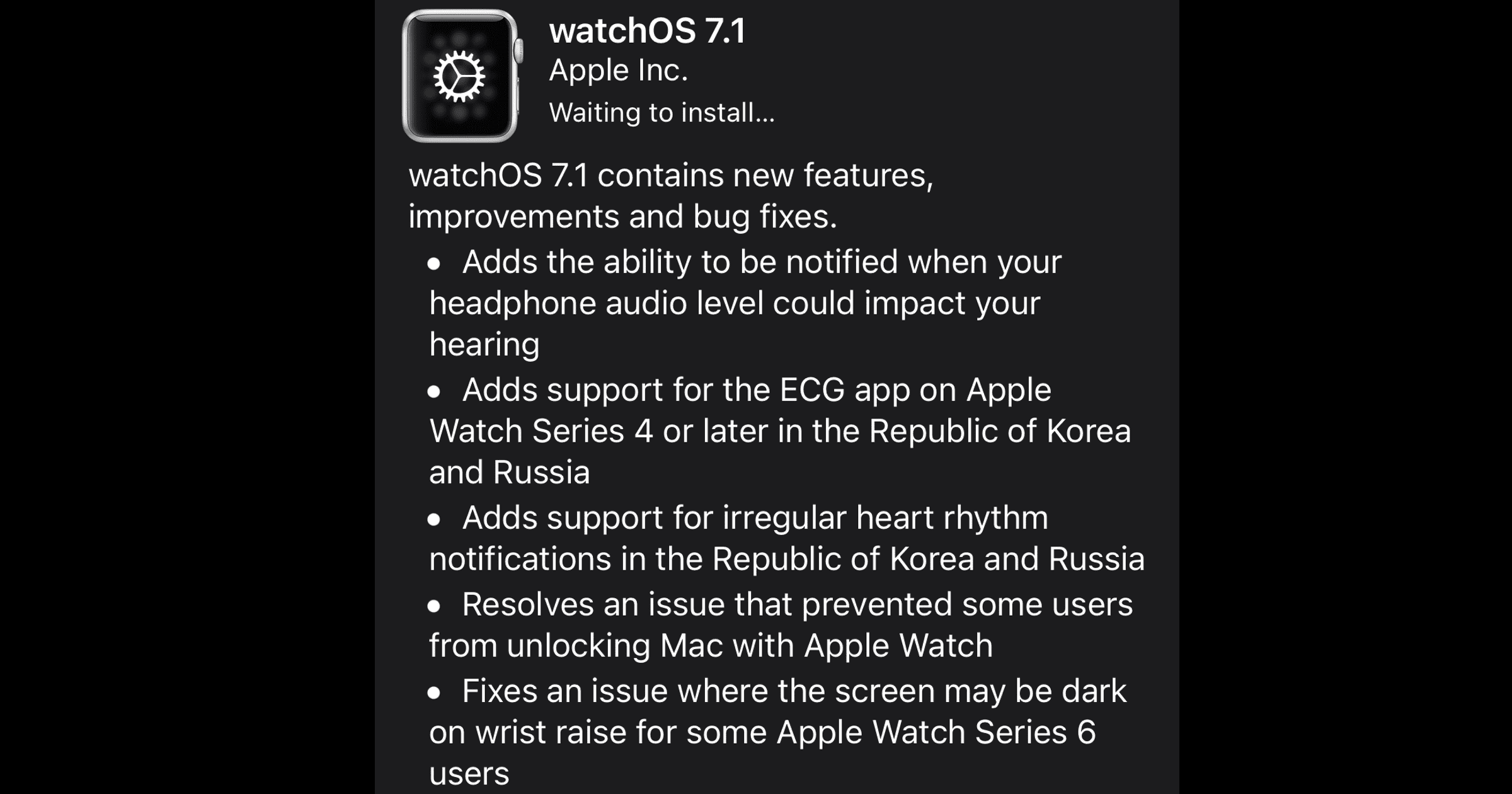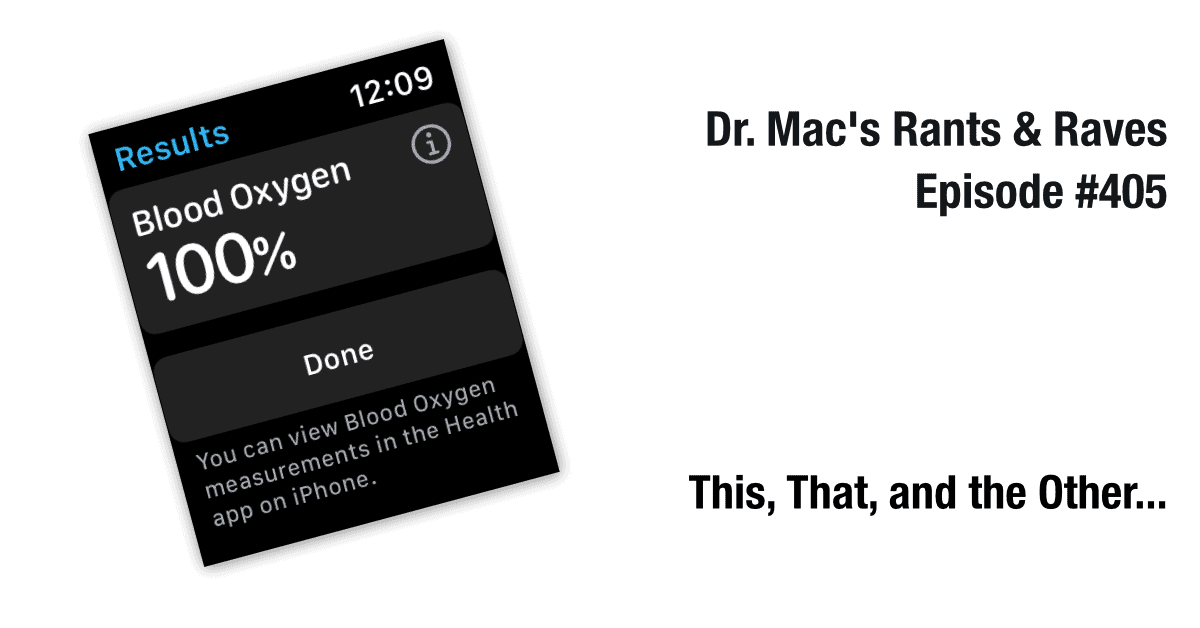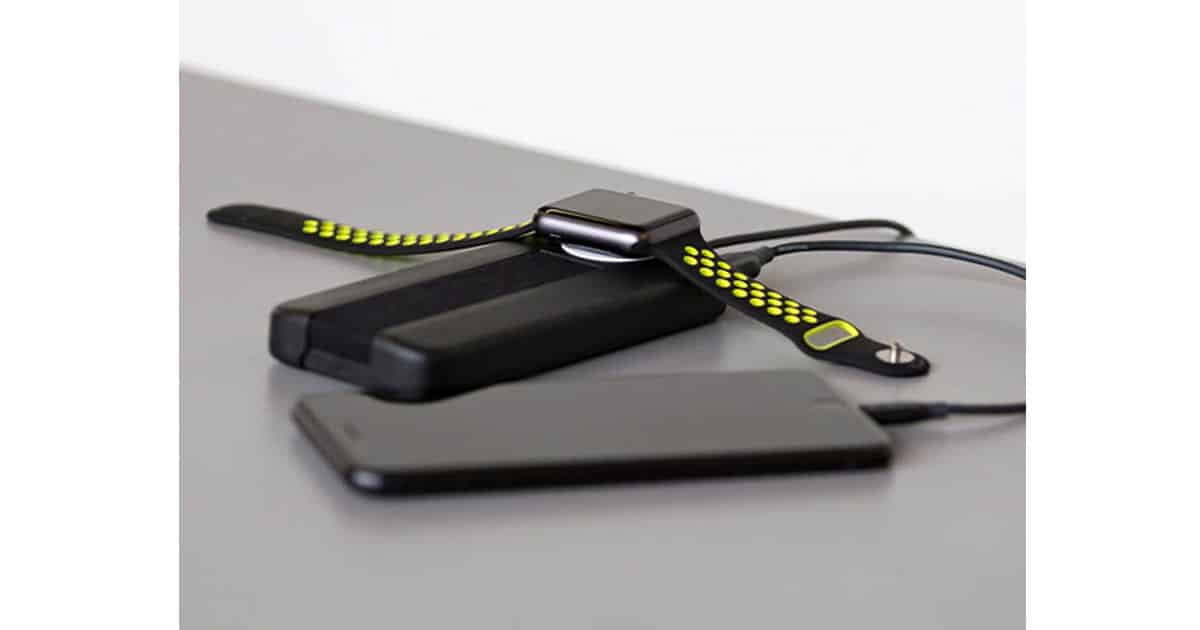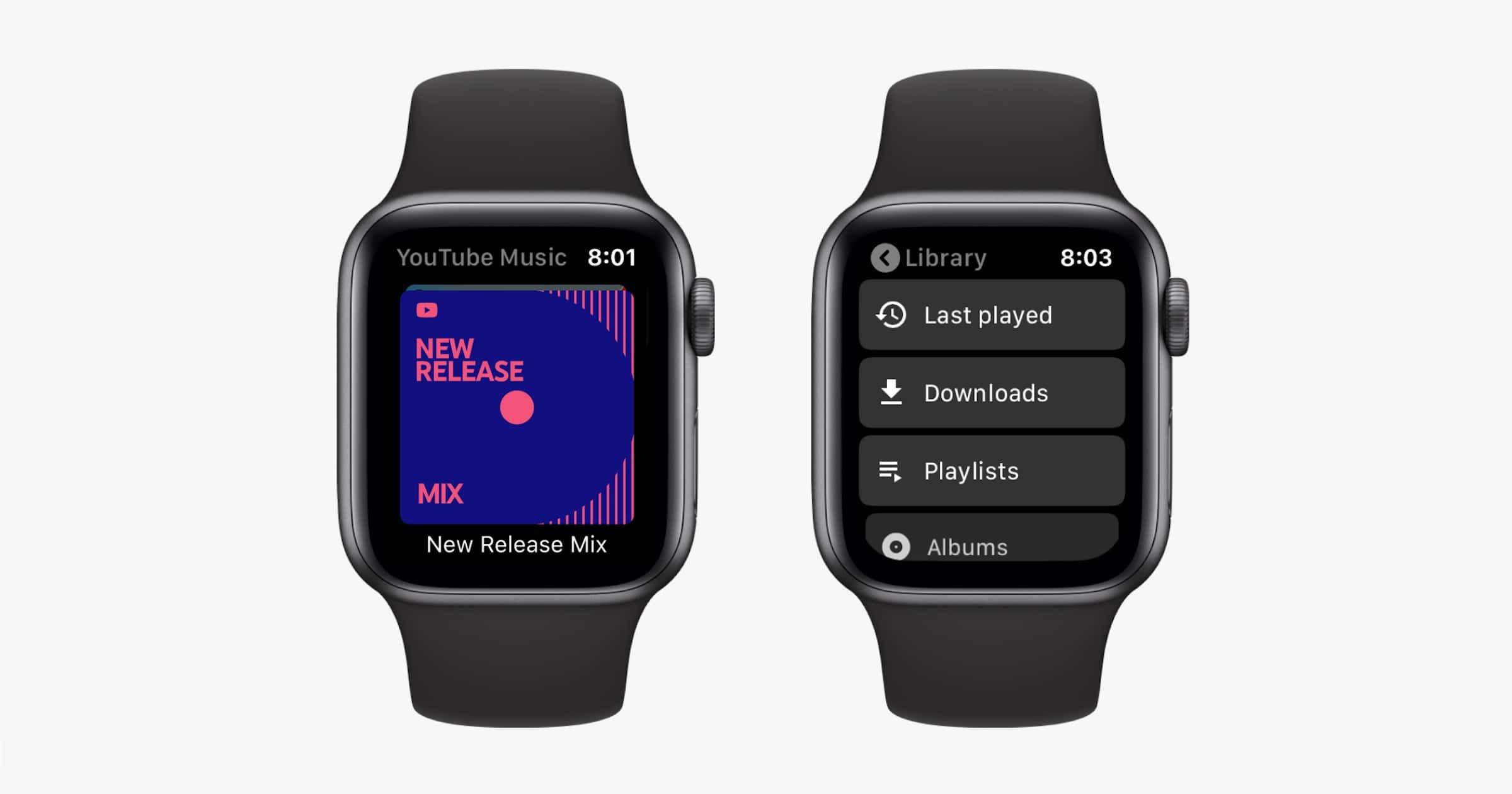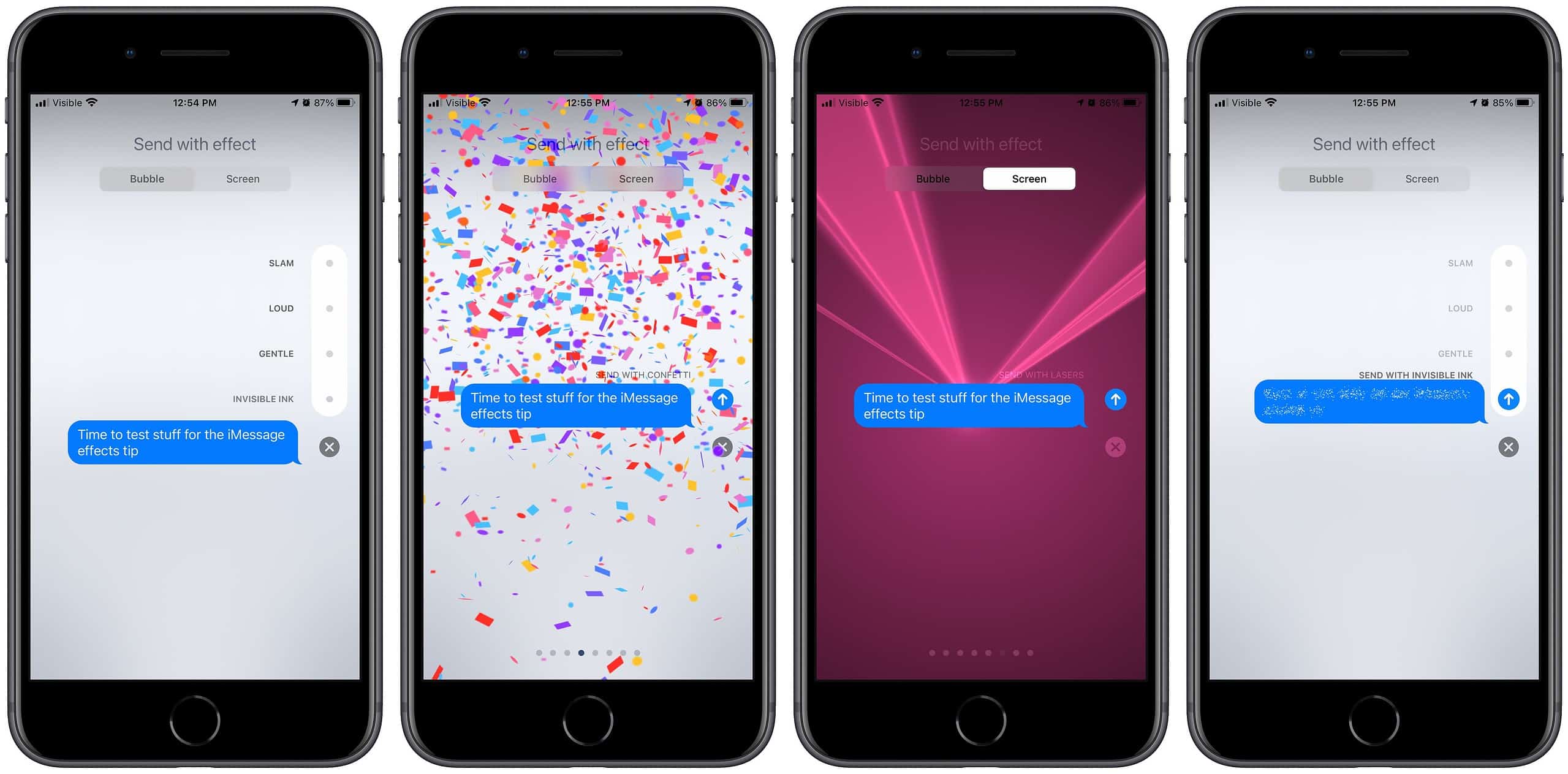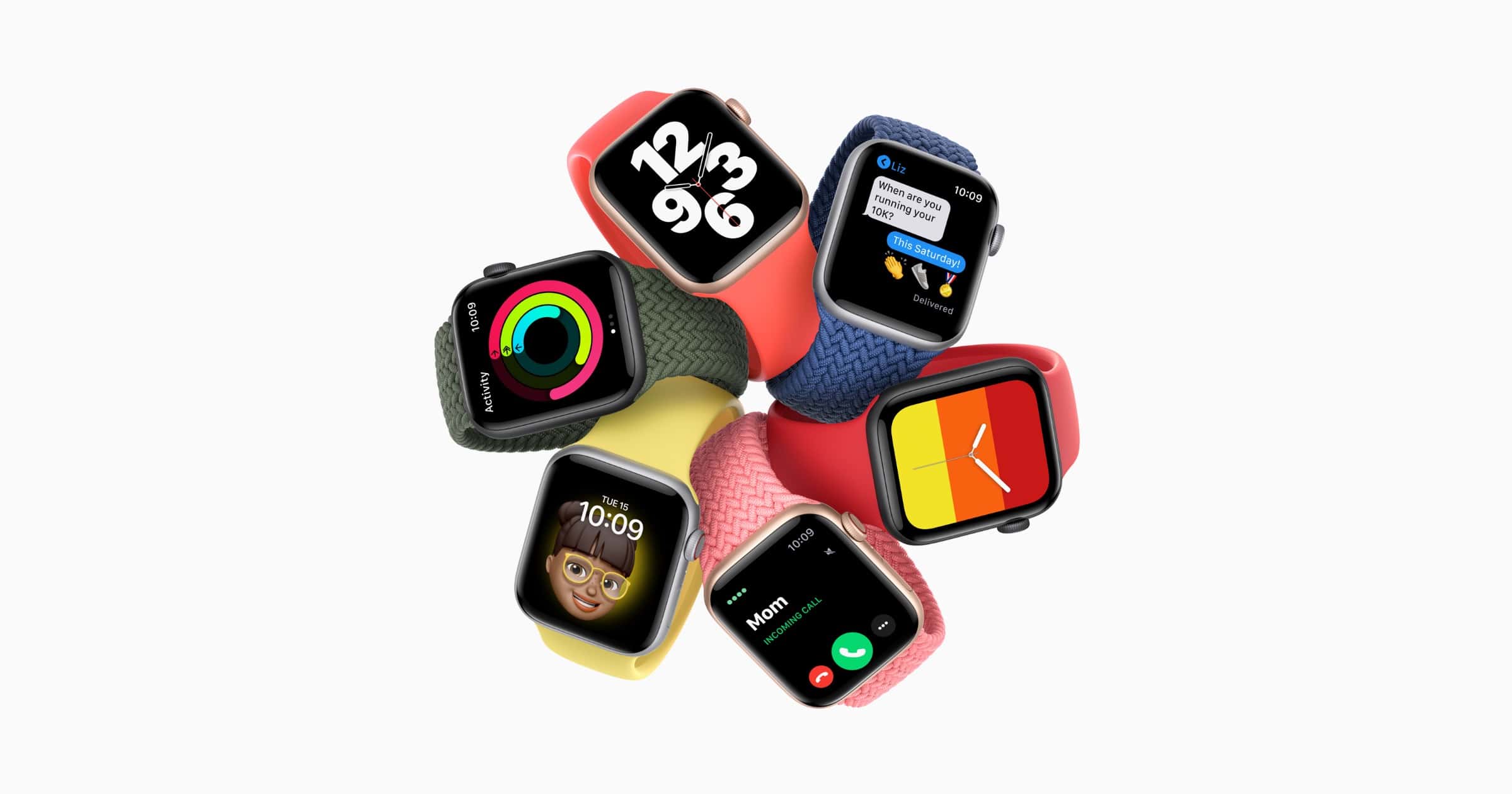The default Grid View on Apple Watch is a bit of a mess, but you can adjust the settings to view Apple Watch apps as a list instead.
Apple Watch
Download watchOS 7.3 Final Beta From Apple
Apple has released the final beta of watchOS 7.3 on Thursday, also known as the final release candidate.
Apple Watch Tip Bonanza! – TMO Daily Observations 2021-01-20
Charlotte Henry and Bryan Chaffin join host Kelly Guimont to discuss their Apple Watches, and tips and tricks they have picked up and want to share.
watchOS 7.3 Developer Beta 2 Available to Download
The third operating system that received developer beta 2 is watchOS 7.3. Release notes for this update have not been published.
Hartford Man Bought Apple Watch Using Fraudulent Credit Cards
Bankole Awosika of Hartford, Connecticut, used fraudulent credit cards to purchase an Apple Watch, two iPhones, and five other “cheaper phones”. He was charged with forgery and identity theft.
The man, Bankole Awosika, 34, was arrested by local police Dec. 11 and charged with four counts of first-degree forgery, five counts of third-degree identity theft, five counts of criminal impersonation, three counts of illegal use of a payment card, three counts of receiving goods from the illegal use of a payment card, third-degree larceny, first-degree attempt to commit forgery, third-degree attempt to commit identity theft, attempt to commit criminal impersonation, and second-degree breach of peace.
Using iOS Shortcuts to Quantify Your Self
Jackson Dame shared how he uses iOS shortcuts and an Apple Watch for lifelogging. I experimented with lifelogging back in 2014-2015, but I gave up after a while. Shortcuts would’ve made it a whole lot easier. Mr. Dame shares a list of all of the data he collects and what tools he uses to collect it, like Data Jar (love this app), Timelines, iA Writer, Charity, Microsoft Excel, and more.
Buy Knock-Off Solo Loop Watch Bands for 80% Off Apple's Pricing
Every time Apple comes out with a new style of watch band, FOMO tells me to order one. Unfortunately, my wallet often disagrees (and wins that argument), as was the case with Apple’s US$49 Solo Loop and $99 Braided Solo Loop bands introduced this fall. Never fear, though, Amazon to the rescue! There are plenty of companies who sell knockoffs of Apple’s Watch band designs, many of which have proven to be of spectacular quality over the years. The $12 Solo Loop and $20 Braided Solo Loop clones my family found in our Christmas stockings last week were no exception. First, download (and print) Apple’s Solo Loop Watch Band Size Guide, then check ’em out and place your orders. Final step: enjoy!
watchOS 7.2 Brings Apple Fitness+ Support and More
Apple released watchOS 7.2 alongside other software updates, principally to support the new Fitness+ service.
A Son Designed an Apple Watch App To Help His Dad With PTSD Nightmares
Iraq veteran Patrick Skluzacek had seen his life ruined by PTSD nightmares so bad that he feared closing his eyes. NPR has the tale of how his son, Tyler, developed an Apple Watch app to help break this cycle. Called NightWare, it was recently approved by the U.S. Food and Drug Administration.
Tyler was a senior at Macalester College in Saint Paul, Minn., in 2015 when he heard about a computer hackathon being held in Washington, D.C. Developers come together over an intense few days to build prototypes to tackle a specific problem. This particular hackathon focused on developing mobile applications to help people with PTSD. Tyler scraped together his on-campus job earnings and bought a ticket to Washington. During the hackathon, he put together a team to program a smartwatch to detect the onset of night terrors based on the wearer’s heart rate and movement.. The idea, Tyler says, was to use technology to imitate something service dogs were already doing — recognizing a traumatic nightmare and then nudging or licking the person to disrupt the bad dream. He thought the smartwatch could do this with a gentle vibration.
Apple and TMO Picks of 2020 – TMO Daily Observations 2020-12-02
Charlotte Henry and Andrew Orr join host Kelly Guimont to discuss Apple’s awards for Apps and Games of 2020 and offer some picks of their own.
Apple Black Friday - Cyber Monday Shopping Event Closes Today - Offering Gift Cards Worth up to $150
Apple is offering gift cards worth up to $150 with the purchase of various products from Black Friday until Cyber Monday.
How to Take a Screenshot on Your Apple Watch With watchOS 7 and iOS 14
Taking a screenshot on your Apple Watch is, initially at least, a multi-part process but you can do it with watchOS 7 and iOS 14.
Belgian ISP Telenet Offers Apple Watch eSIM Support
With its new Telenet One Number mobile plan, customers can add their Apple Watch’s eSIM to their plan starting November 13.
Gift Picks from Team Nightmare – TMO Daily Observations 2020-11-09
Charlotte Henry and Andrew Orr join host Kelly Guimont to share ideas for gear and software if you have a gift-giving occasion on the horizon.
watchOS 7.1 For Apple Watch Now Available
Apple has released watchOS 7.1, which brings a host of improvements to the Apple Watch, including headphone volume alerts.
Apple Watch Blood Oxygen Levels, Battery Life, and Free Guitar Lessons
This week Dr. Mac has hints, tips, recommendations, and advice on a bunch of things including Blood Oxygen levels, iPhone and Apple Watch battery life, and free guitar lessons.
Spotify App for Apple Watch Now Has Standalone Streaming
Spotify has started rolling out standalone streaming for its Apple Watch means users can access their music without needing their iPhone.
BatteryPro Portable Charger for iPhone and Apple Watch: $79.99
We have a deal on BatteryPro, a portable charger for both iPhone and Apple Watch. It features ann .,8,000 mAh capacity internal battery, a USB-A port, and an integrated Apple Watch charging puck. It also has a strap that will hold your Apple Watch in place if you’re on the move. This device is $79.99 through our deal.
YouTube Music Debuts on Apple Watch
Google announced on Thursday that the YouTube Music app is available on the Apple Watch, letting users browse music collections.
Why Third-Party Apple Watch Faces Are Forbidden
Only Apple can create and deliver Apple Watch faces. A former Apple engineer explains why third-party Apple Watch faces are forbidden.
Apple Watch SE Review - High-Quality, Fitness-Focused Wearable For a Hard to Ignore Price
There will always be excitement towards the top end products, but the lower-cost Apple Watch SE feels far from a compromise.
Hands-on with Watch SE, TV App Expansion – TMO Daily Observations 2020-10-05
John Martellaro and Charlotte Henry join host Kelly Guimont to discuss Charlotte’s new Watch SE, and the TV app coming to gaming consoles.
Series 6 Watch Teardown, Love for Ted Lasso – TMO Daily Observations 2020-09-22
John Martellaro and Bryan Chaffin join host Kelly Guimont to discuss a Series 6 Watch teardown, plus Bryan and Kelly’s love of Ted Lasso.
